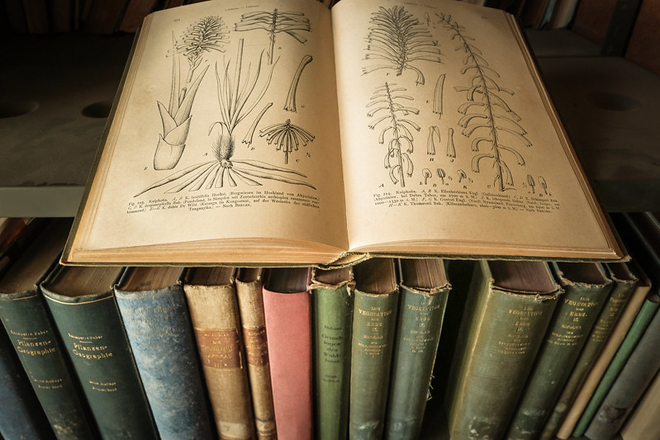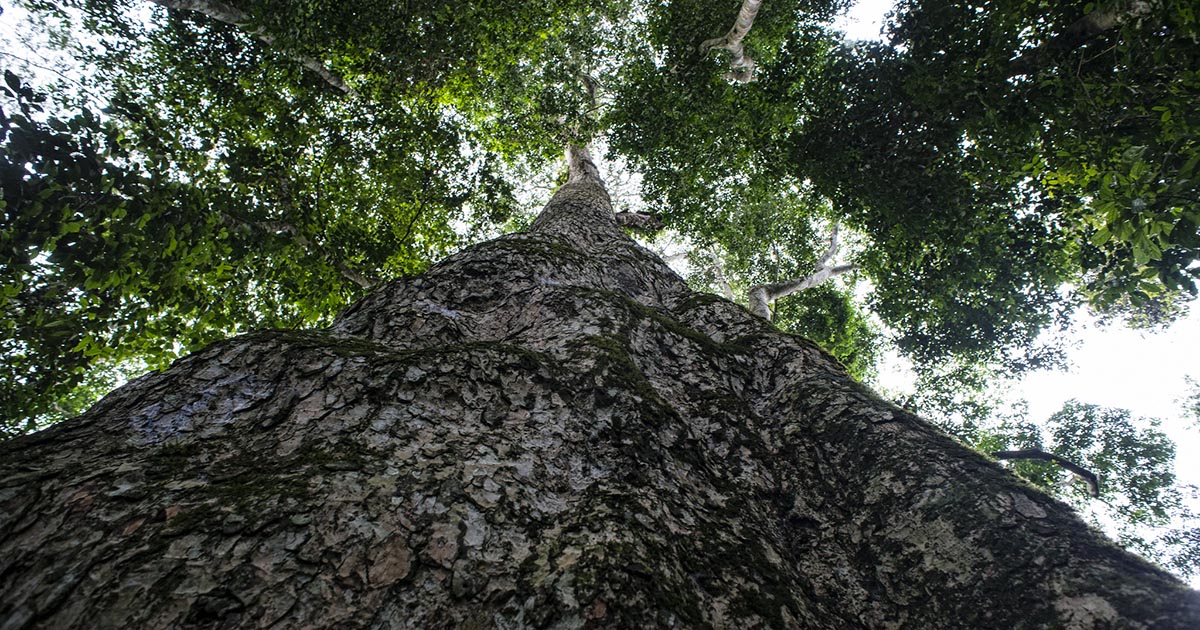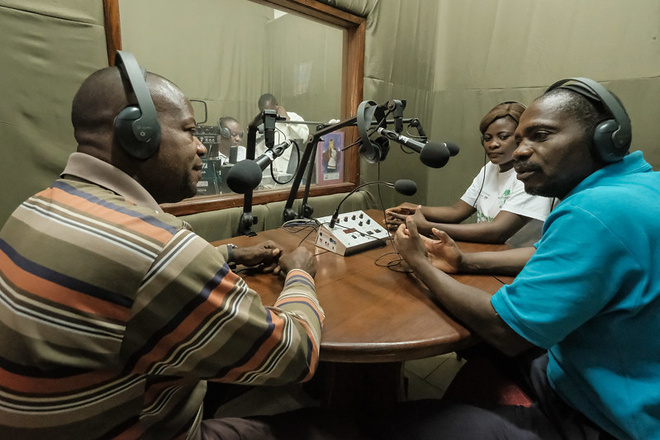Key messages
- We developed a system dynamics model – sustainable rice estate for food security with low carbon emissions (SECURE) – to explore different scenarios and develop plans for food security, especially for rice, while minimizing the impact of carbon emissions.
- The baseline simulation shows a clear need for Indonesia to be food self-sufficient (swasembada pangan), particularly for rice. There will be a gap of 4.2 million metric tons of rice needs by 2030, and the gap will continue to increase after 2030. Climate change, increased population, and shrinking paddy rice fields widen the supply and demand gap.
- Our system dynamics model highlights that food estate development in Papua and Kalimantan requires caution as it could undermine Indonesia’s climate change commitment through FOLU (Forest and Land Use) Net Sink 2030, which aims to have net-zero emissions in 2030.
- Simulating conversion of convertible production forests (Hutan Produksi Konversi – HPK) to rice estates contributed to most of the emissions, including in Kalimantan and Papua. Although this is a legal conversion, our model shows that it will potentially emit 301 million metric tons of CO₂e, as HPK still consists of forest cover.
- We propose scenarios for food–climate solutions by examining land areas with fewer or no trees and developing rice food estates. In our simulation, the combination of rice planting in non-forested areas with increased rice yield productivity and staple food diversification is the best option to fulfil rice demand, along with reducing emissions.
- We identify institutional arrangements for this scenario under the current administration.
DOI:
https://doi.org/10.17528/cifor-icraf/009398Altmetric score:
Dimensions Citation Count:
Publisher
CIFOR-ICRAF: Bogor, Indonesia and Nairobi, Kenya
Publication year
2025
Authors
Purnomo, H.; Okarda, B.; Kusumadewi, S.D.; Muchlish, Z.; Shuhada, I.M.; Nurfatriani, F.; Abdulah, L.; Adinugroho, W.C.
Language
English
Keywords
food security, rice, crop production, crop yield, land use change, conversion, forest management, climate change mitigation, system dynamics, modelling, diversification, emission, production forests
Geographic
Indonesia














